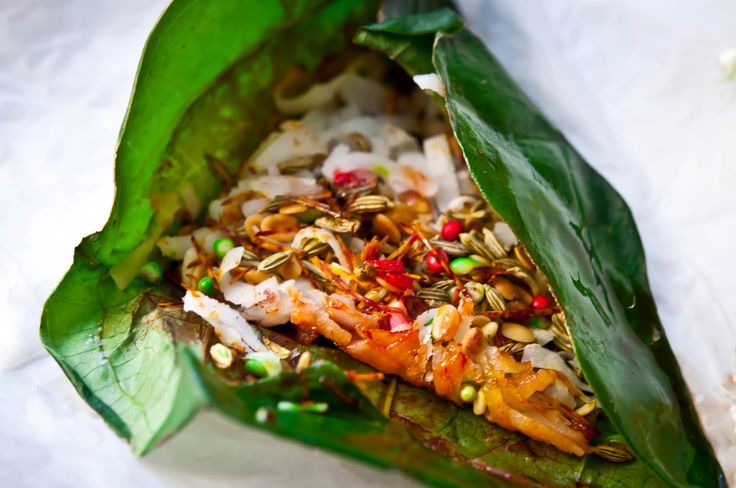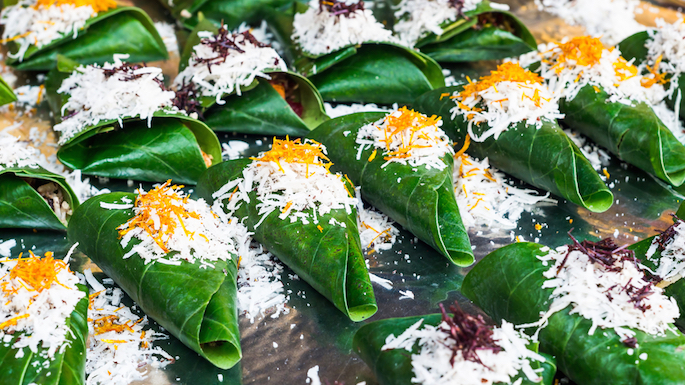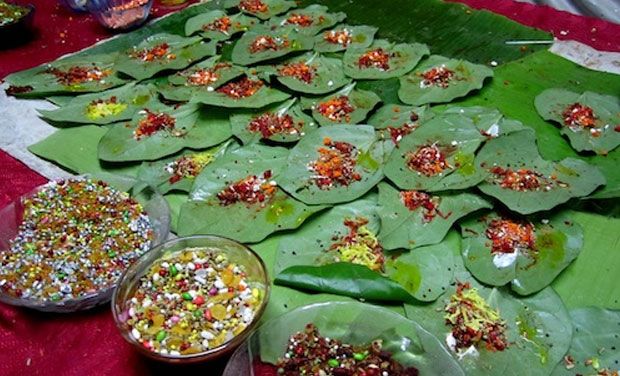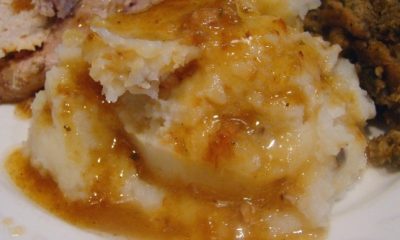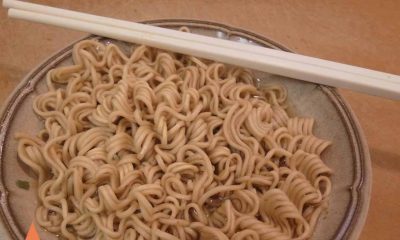Health
The Indian Paan Obsession Scientifically Explained
The Indian palate is accustomed to tastes that some consider spicy, some rich and some rather interesting. Chewing betel leaf and nut – or paan – being one of the interesting ones.
A typical paan consists of a fresh betel leaf encasing betel nut (supari), slaked lime (choona), catechu (kattha) and mouth fresheners like fennel (sauf) and cardamom (elaichi).
The paan tradition has been deep rooted in the Indian society since a long time, of course now it has been degraded to ‘no spitting’ posters. So why do we like to color our mouth red? Turns out there is a scientific explanation to this.
Refreshing Balance
The delicacy has a combination of a cool element – betel leaf – and a hot element – the areca or betel nut. This complementary hot and cool combination works well to provide a flavor harmony.
In addition to the rather balanced flavor, the quid acts as a mouth freshener by battling away bacteria that lead to bad breath or halitosis.
Digestion
Paan also acts as a digestive by stimulating intestinal digestive enzymes for better digestion. The delicacy also reduces blood glucose levels by improving glucose metabolism.
The liver too basks in the benefits of chewing paan as the toxicity of the organ is reduced.
Contradiction
Though beneficial to the body in many ways, paan has also been deemed unhealthy by the scientists and the World Health Organization which states that the betel quid containing areca nut and tobacco cause cancer, cardiovascular damage, oxidative stress leading to neuronal injury, increased blood pressure, thyroid problems and a host of other problems.
So although chewing this Indian refreshment can be beneficial, it shouldn’t be consumed regularly. But having one or two occasionally – especially after a heavy meal – is alright.

